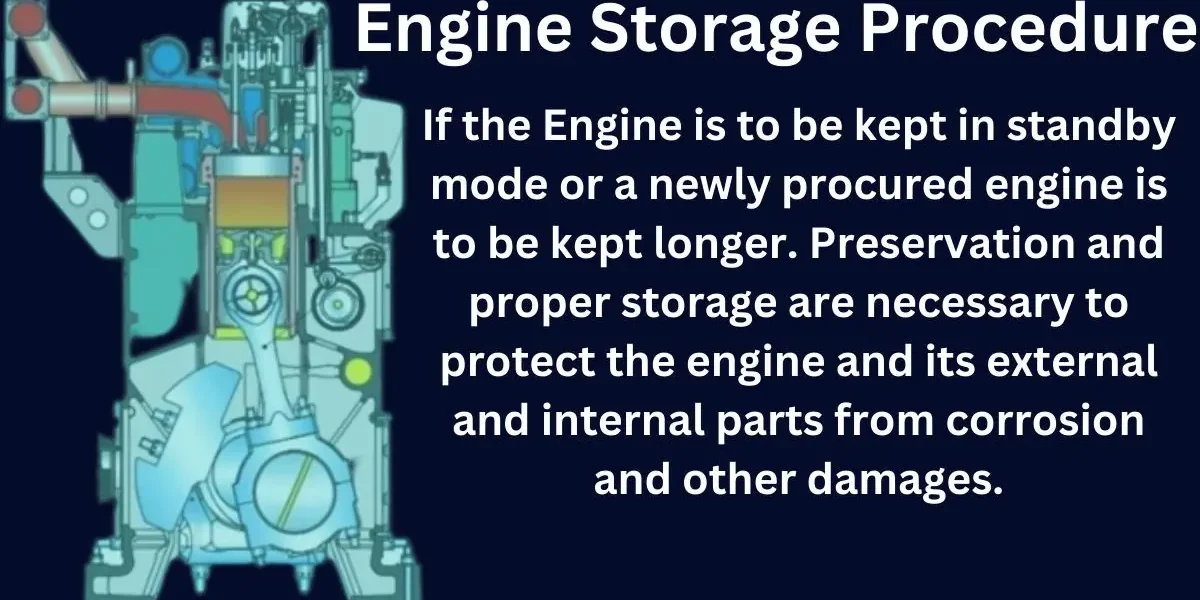The world might not be ending, but the life of your car engine, at least in its current operational phase, may be coming to a pause. Whether you’re storing your classic car for the winter, deploying overseas, or simply anticipating a period of disuse, proper preparation is crucial. Neglecting these preventative measures can lead to significant engine damage and costly repairs down the road. This guide details how to ensure your engine survives its ‘last day’ before storage and remains in good condition for its eventual return to service.
Understanding the Need for Engine Preservation
Before diving into the steps, it’s important to understand why long-term storage requires specific attention. Engines are susceptible to corrosion, fuel degradation, and component deterioration when left unattended.
The Threat of Corrosion
Moisture is the enemy. Condensation can form inside the engine, leading to rust and corrosion on vital components. Here’s a quick rundown:
- Cylinder Walls: Rust can score cylinder walls, reducing compression and engine efficiency.
- Bearings: Corrosion can damage bearings, leading to premature wear and failure.
- Fuel System: Rust particles can clog fuel lines and injectors.
Step-by-Step Guide to Engine Storage
This section outlines the essential steps to prepare your engine for an extended period of inactivity.
Oil Change and Stabilization
Fresh oil is crucial. Old oil contains acids and contaminants that can accelerate corrosion. A stabilizer will keep the fuel from breaking down.
Fact: Using a fuel stabilizer can extend the storage life of gasoline by up to 24 months.
Fuel System Protection
Prevent fuel degradation and component damage by taking these precautions.
| Step | Description |
|---|---|
| Add Fuel Stabilizer | Pour the correct amount of fuel stabilizer into the fuel tank according to the manufacturer’s instructions. |
| Run the Engine | Run the engine for about 15 minutes to circulate the stabilized fuel throughout the fuel system. |
| Seal Fuel System | Fill the gas tank completely to minimize air space. If possible, disconnect the fuel lines and drain them, adding a fuel stabilizer directly. |
Protecting Internal Components
Protecting internal components from corrosion involves introducing oil into the cylinders.
- Remove Spark Plugs: Carefully remove all spark plugs from the engine.
- Introduce Oil: Pour a small amount (about a tablespoon) of engine oil into each cylinder.
- Crank the Engine: Manually crank the engine a few revolutions to coat the cylinder walls with oil. Do not start the engine.
- Reinstall Spark Plugs: Reinstall the spark plugs.
FAQ: Long-Term Engine Storage
Here are some frequently asked questions about preparing an engine for long-term storage.
Q: How long is considered “long-term” storage?
A: Generally, any period exceeding 3 months should be considered long-term and warrant preventative measures.
Q: Can I just disconnect the battery?
A: Disconnecting the battery is essential to prevent battery drain, but it doesn’t protect the engine itself.
Q: What about the exhaust system?
A: Plug the exhaust pipe with a rag or steel wool to prevent moisture and pests from entering.
Q: Where should I store the vehicle?
A: Ideally, store the vehicle in a cool, dry, and covered location. Avoid direct sunlight and extreme temperature fluctuations.
By taking these steps, you can significantly increase the lifespan of your engine and prevent costly repairs when you’re ready to bring it back to life. Properly preparing your engine for storage isn’t just about preserving metal; it’s about preserving your investment and ensuring your vehicle is ready to perform when you need it most. Don’t underestimate the importance of these preventative measures; they can save you time, money, and frustration in the long run. Think of it as giving your engine a well-deserved rest, ensuring it’s ready for many more miles to come. Following these guidelines will help you avoid the common pitfalls of long-term storage and keep your engine in top condition, ready to roar back to life when the time is right.

